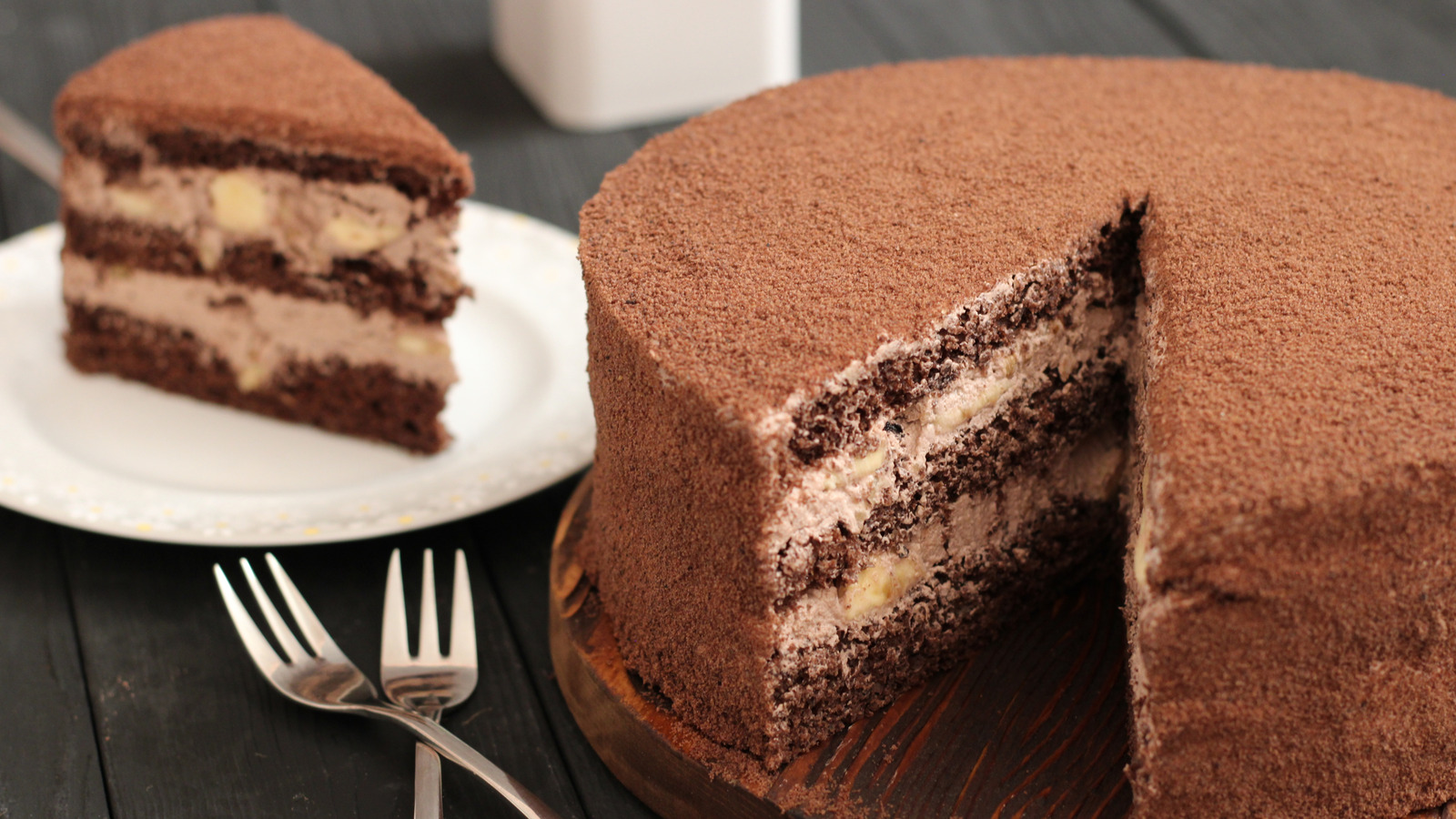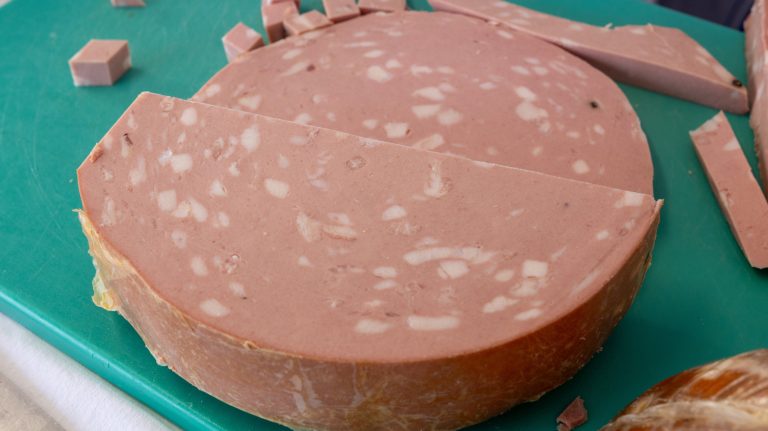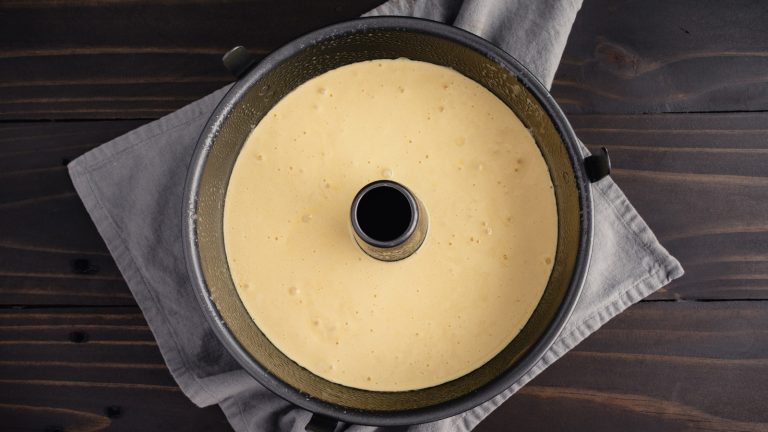We may receive a commission on purchases made from links.
Whether you’re making an elegant Meyer lemon and olive oil cake, crafting a light and airy Chantilly cake with berries, or baking a bold Brooklyn blackout cake, much effort goes into executing an attractive and delicious result. It’s frustrating, therefore, when attempts to cut your beautiful dessert result in smushed layers, smeared frosting, and other mishaps. But using the correct knife can help ensure your slices come out just as pretty as your intact cake. For expert insight on which cutting utensil is best for dividing up this baked confection, Food Republic spoke with Laura Kanya, research and development chef at Ann Clark Ltd.
When it comes to slicing a cake, Kanya explained that a tomato knife is the best tool you can have on hand. “A tomato knife has a thinner, narrow, serrated blade that is ideal for cutting tomatoes, but also for slicing cake,” Kanya shared. “The serrated edge allows you to cut through cake layers with minimal pressure, reducing the amount that the frosting smears and layers collapse as you cut the cake. The narrow blade also reduces the surface area of the knife to the cake — there is less area for crumbs and frosting to get caught. The result is cleaner, neater slices of cake.”
A tomato knife may not be a tool you currently possess among your kitchen gadgetry. The good news is that you can get a good one for a fairly low cost, like this Tomato Slicer Knife from Rada Cutlery. If you do a lot of baking, it’s well worth the investment.
Getting the cleanest possible cuts of cake
Once you have your tomato knife in hand, Laura Kanya shared some additional tips for achieving the neatest, most attractive cake slices possible. The first is chilling your dessert before attempting to cut it. “Pop your cake in the refrigerator for at least 30 minutes prior to slicing,” the expert advised. “Firm cake and frosting [are] easier to slice through. Chilled frosting will be less likely to smear.” Keeping the blade clean also helps in executing a tidy result. “Wipe your knife between slices,” Kanya recommended. “Remove any crumb and frosting residue between slices for neat cake slices.”
Hot water can further help you serve up clean wedges of cake. Simply dip your knife in a container of heated water or run the blade under hot water from your faucet before inserting it into the baked good (be sure to wipe the excess liquid from your blade before cutting into the cake, though). The heat will help your knife move through the cake and frosting with ease, without icing or cake fragments sticking to the blade. You can also warm the utensil by using a kitchen torch or holding it above the flame on a stove burner. Just make sure it doesn’t heat to the point that it melts your frosting. “The old adage ‘a hot knife through butter’ applies in this case,” Kanya explained. “Using a hot knife to slice a cold cake will help ease the pressure you need to apply when slicing.”






